Aqua-Hot Reporter 400 Series User manual
Other Aqua-Hot Heating System manuals

Aqua-Hot
Aqua-Hot 375-LP User manual

Aqua-Hot
Aqua-Hot 400 series User manual

Aqua-Hot
Aqua-Hot 600 series User manual

Aqua-Hot
Aqua-Hot 400 series User manual

Aqua-Hot
Aqua-Hot 675-D User manual

Aqua-Hot
Aqua-Hot 400 series User manual

Aqua-Hot
Aqua-Hot 400 series User manual

Aqua-Hot
Aqua-Hot 600 series User manual

Aqua-Hot
Aqua-Hot 200 Series User manual

Aqua-Hot
Aqua-Hot 400 series User manual

Aqua-Hot
Aqua-Hot AHE-600-D03 User manual
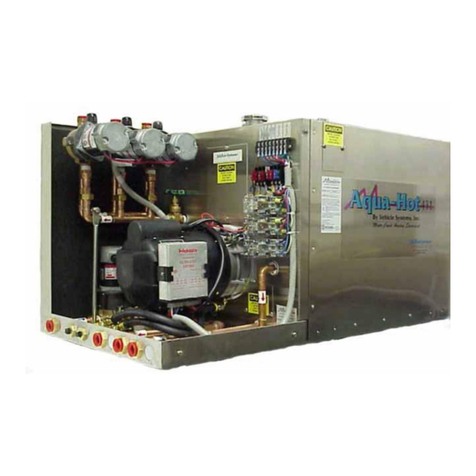
Aqua-Hot
Aqua-Hot AHE-100-02S User manual
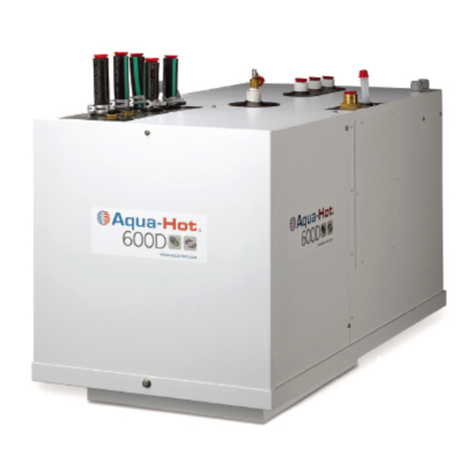
Aqua-Hot
Aqua-Hot 600 series User manual

Aqua-Hot
Aqua-Hot AHE-120-04X User manual

Aqua-Hot
Aqua-Hot 200 Series User manual
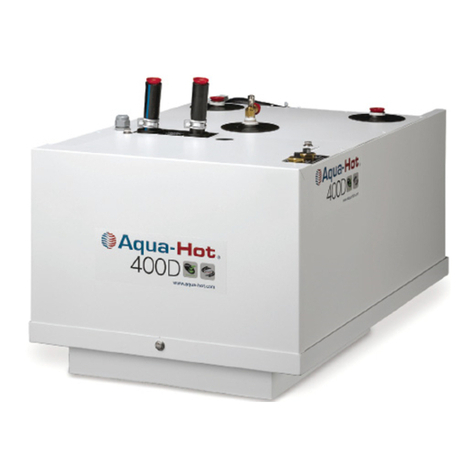
Aqua-Hot
Aqua-Hot 400-P02 User manual
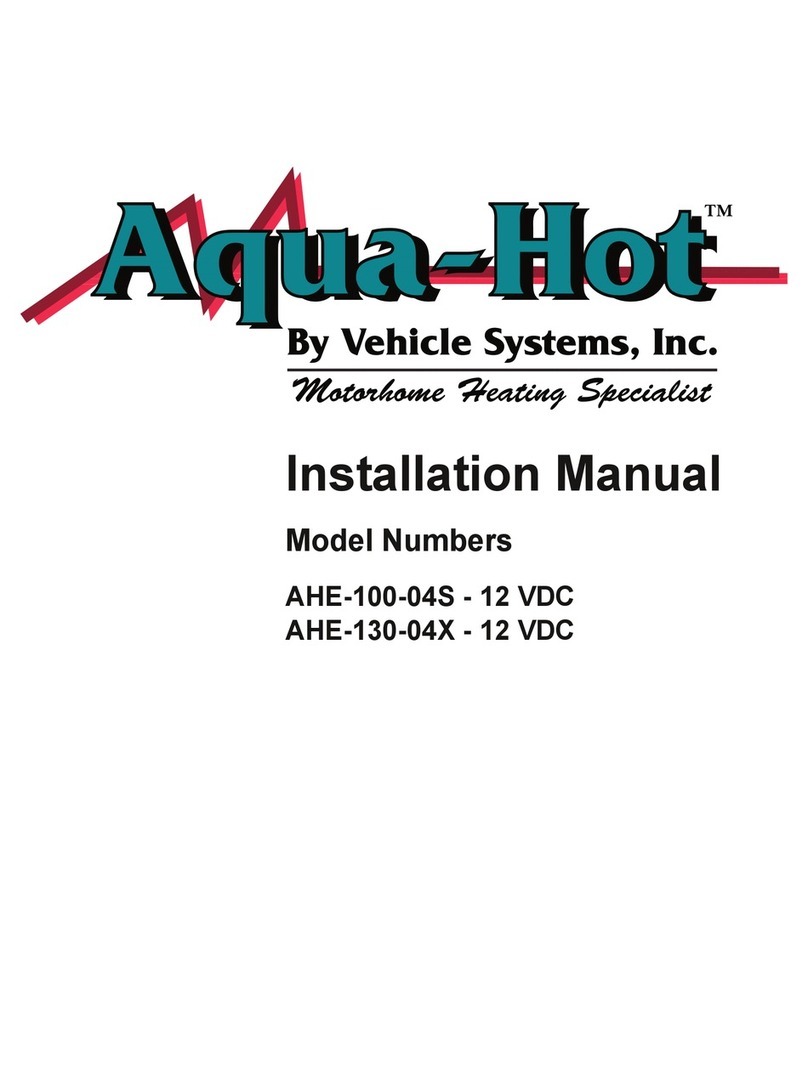
Aqua-Hot
Aqua-Hot AHE-100-04S-12 VDC User manual

Aqua-Hot
Aqua-Hot 200 Series User manual

Aqua-Hot
Aqua-Hot 200 Series User manual

Aqua-Hot
Aqua-Hot 200 Series User manual
Popular Heating System manuals by other brands

Truma
Truma Trumatic E 2400 E Operating instructions and installation instructions

Vent-Axia
Vent-Axia HR100S Installation and maintenance instructions

aerauliqa
aerauliqa QR350ABP installation manual
WatchGas
WatchGas ATEX BEACON manual

Lampoassa
Lampoassa 203GT user manual

Viessmann
Viessmann Vitoligno 300-H Operating Instructions for the System User

Oxygen
Oxygen X-Air V400 Installation and operation manual

Kroll
Kroll HM200 Instruction handbook

Kroll
Kroll HM200 Instruction handbook

NuAire
NuAire XBOXER XBC Series Installation operating and maintenance istructions

Vents
Vents VUT V mini user manual
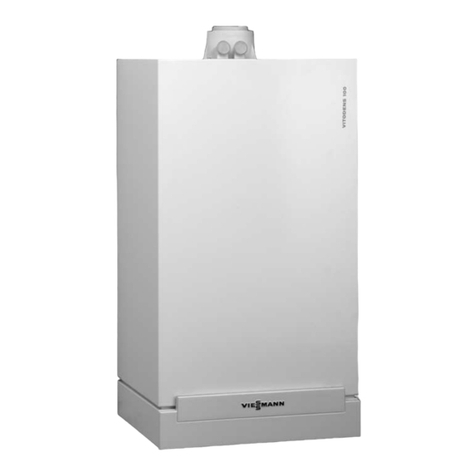
Viessmann
Viessmann Vitodens 100-W operating instructions



















